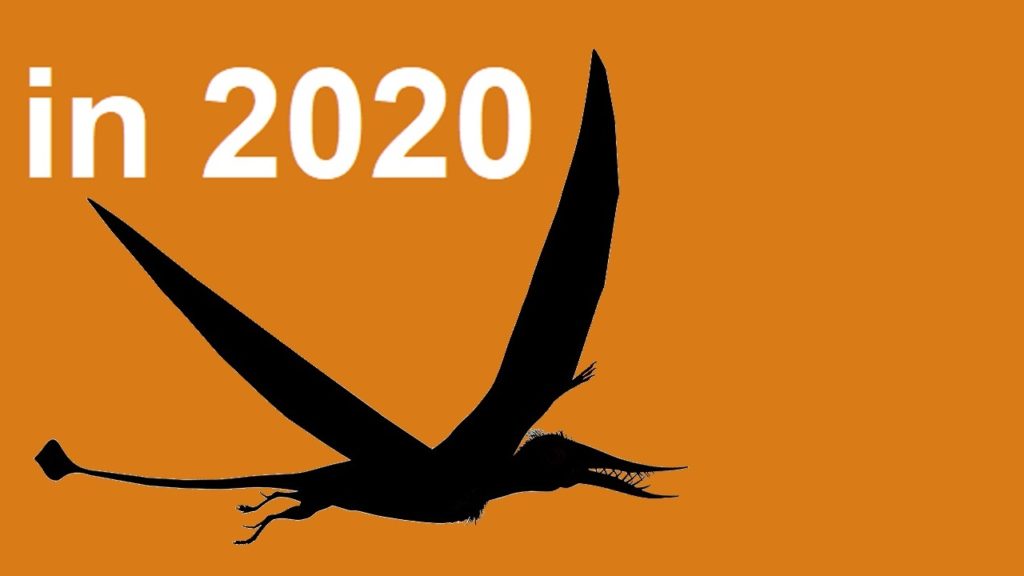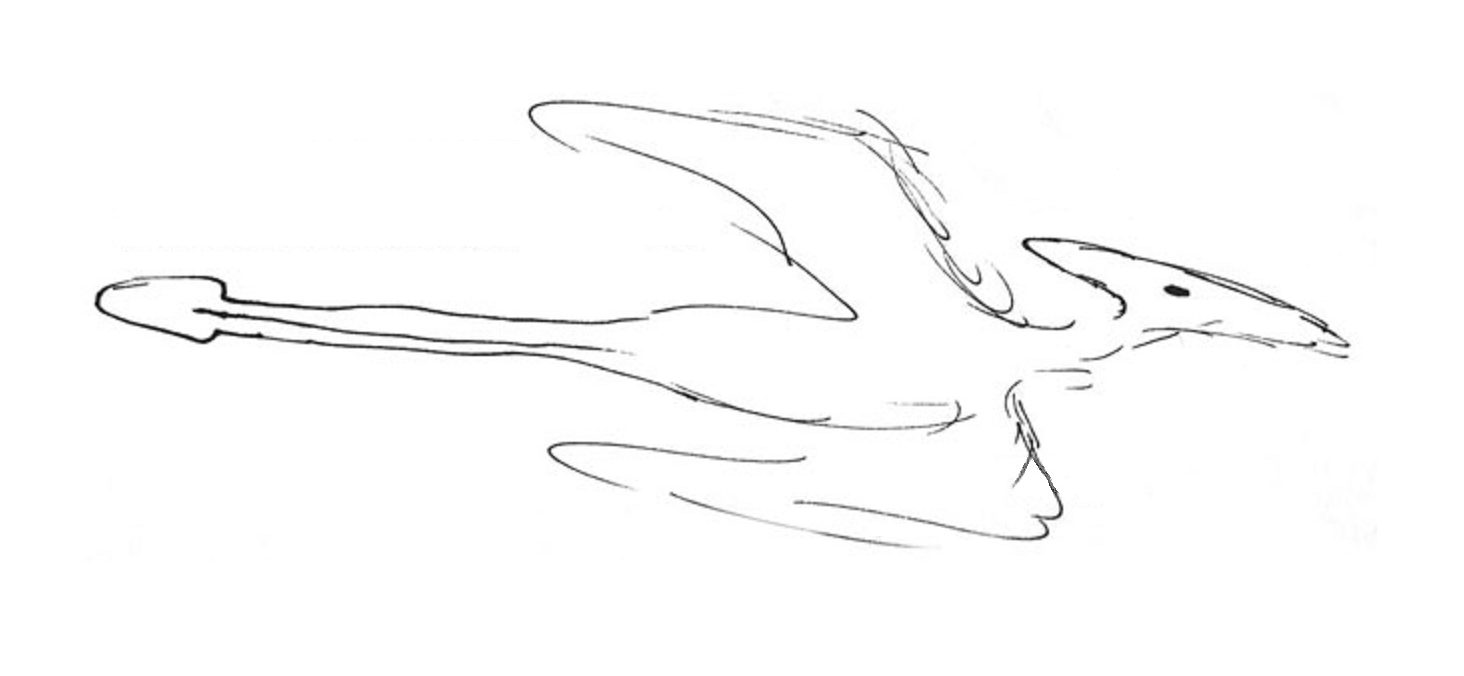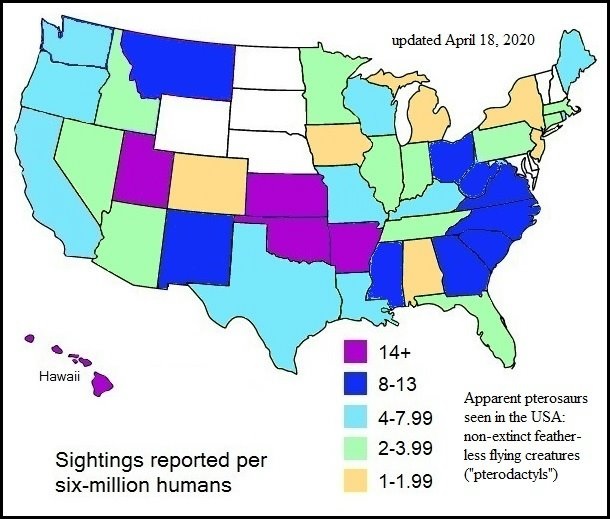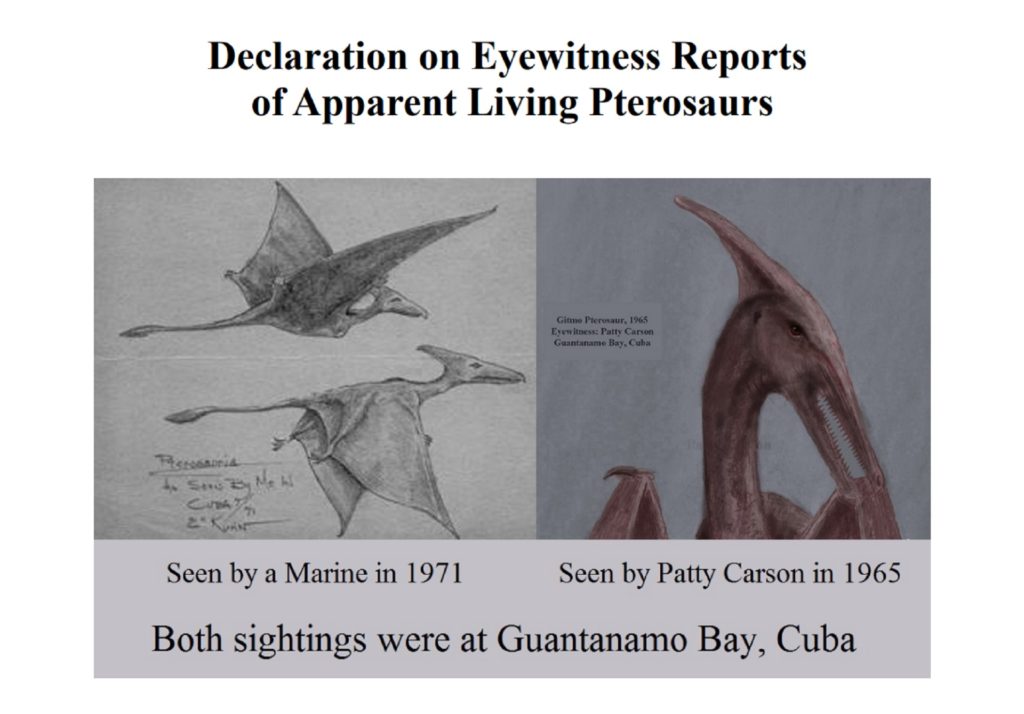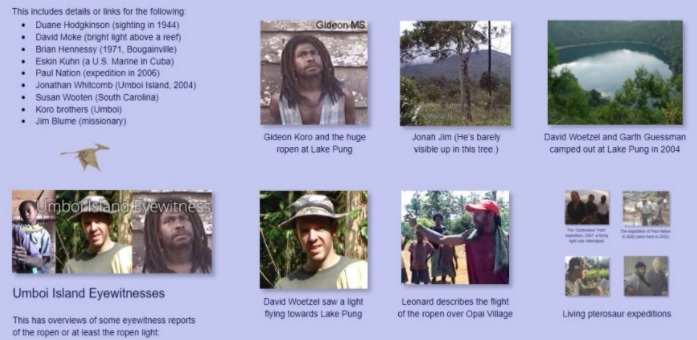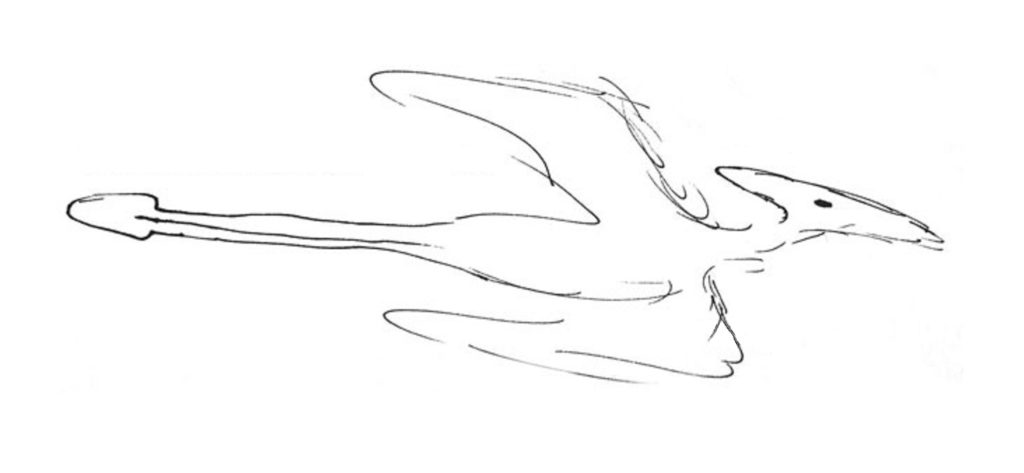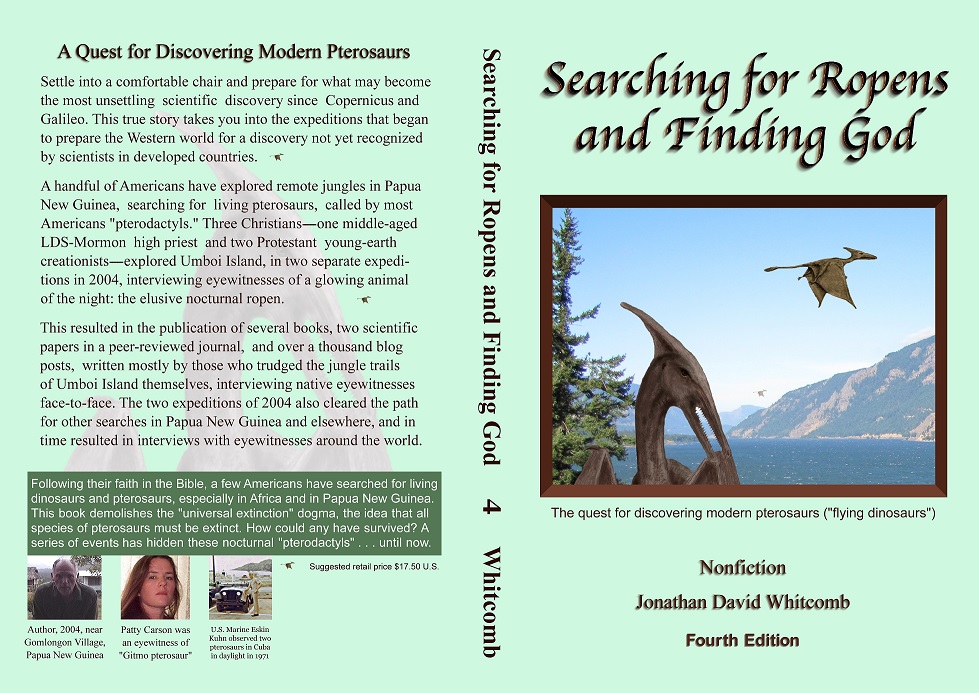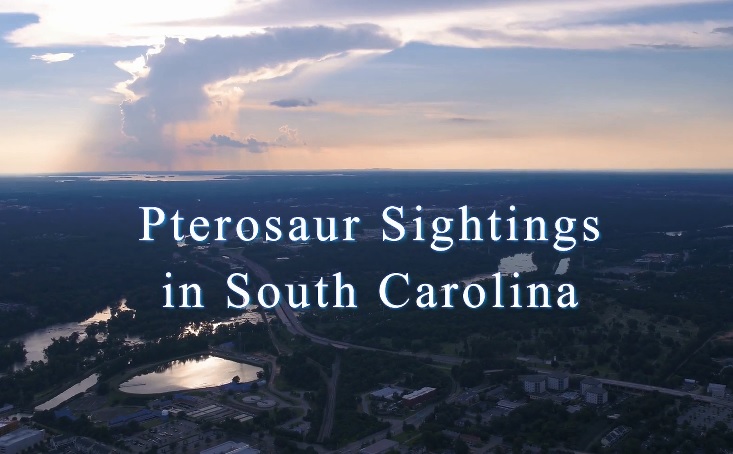By the investigative journalist Jonathan David Whitcomb
For twenty months I’ve been producing and uploading to Youtube short videos about modern living pterosaurs, what many call “pterodactyls”. The following are some of the more-popular ones on my channel Protect Animal Life.
.
Length: 2:40
Get details on two encounters with non-extinct “pterodactyls” in the year 2020 with this video: “Pterosaur Sightings in 2020”. It begins with a report from Manitoba, Canada. The second encounter was in the hills of North Carolina, USA. This was uploaded to Youtube on September 22, 2020. (This is video #89)
.
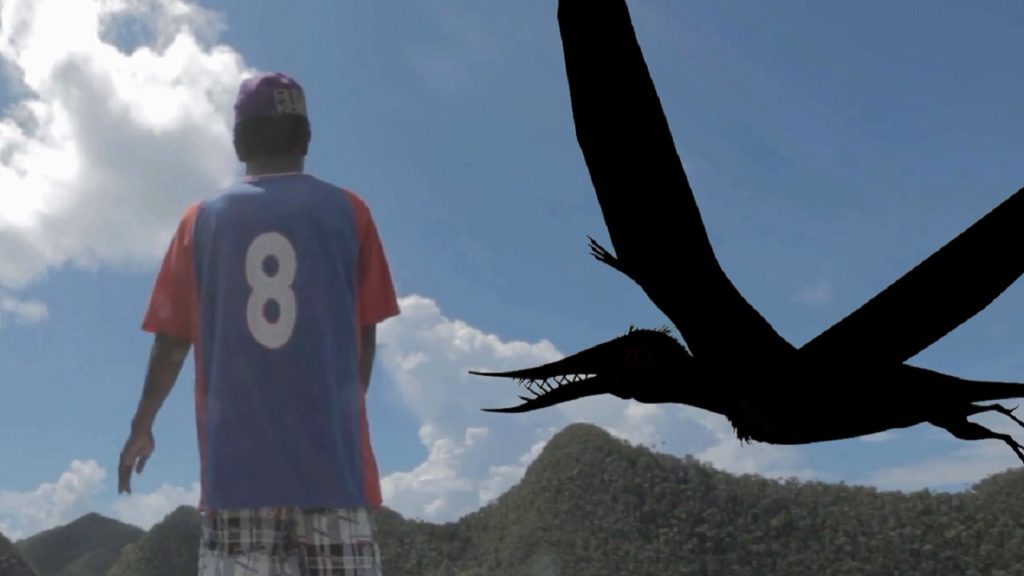
Length: 6:09
This is nothing close to a first-hand account given to me, as is the usual with reports that I publicize, but perhaps third-hand at best. In Papua New Guinea, maybe a few decades ago, a native fisherman was attacked by a “kor”, which is probably related to the ropen of Umboi Island to the south, maybe even the same species. This is the story of a hard-fought battle between that fisherman and a possible non-extinct pterosaur.
.
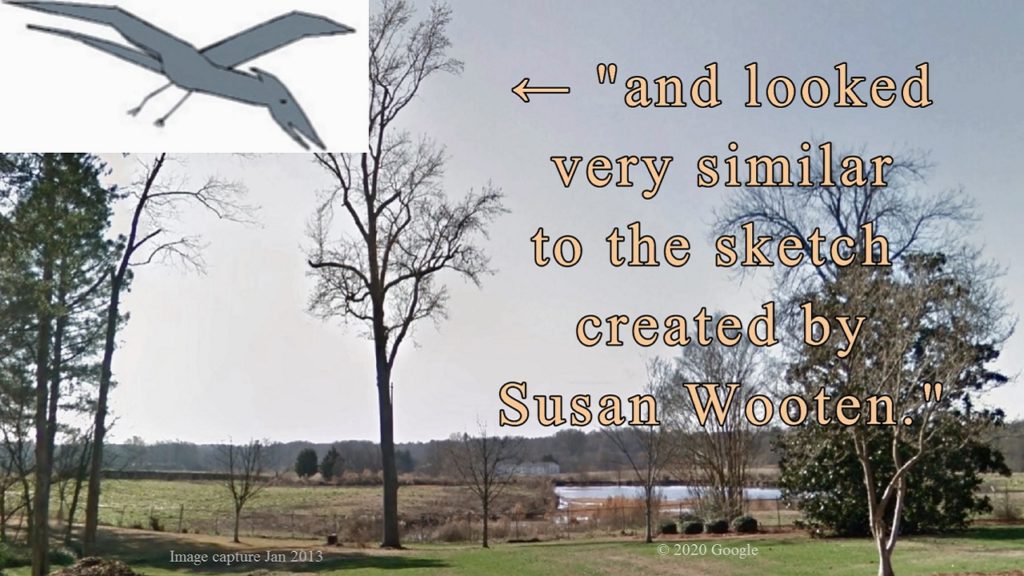
Pterosaur Sightings in South Carolina
This Youtube video had the most views in the late summer and early fall of 2020, on the PAL channel (Protect Animal Life).
Sighting #1: The wingspan was estimated to be 10-14 feet and this report includes the words “no feathers”.
Sighting #2: This sighting by Susan Wooten is well known in this branch of cryptozoology. One phrase to consider is “had no feathers”.
Sighting #3: In the Clinton area of South Carolina was this encounter, and the phrase to remember is this: “as big as a plane”.
Sighting #4: The eyewitness used phrases like “made a terrifying call” and “we ran like lightning back to camp”.
###
.
It did not appear to be covered with feathers but had a leathery texture. Soon after it passed us, it flew over a more brightly lit sports area which highlighted even more the leathery appearance, also bringing more detail to view. . . .
.
South Carolina pterodactyl sightings
Susan Wooten, of Greenville, South Carolina, was driving from home to Florence (about [1986]) when she saw a giant creature glide over the highway in front of the car.
.
. . . descriptions of these “flying dinosaurs,” commonly called by some people “pterodactyls,” make it obvious that they are non-fictional and very much non-extinct.
.
What amazing encounters! In California, New Mexico, Texas, Arkansas, Florida, South Carolina, Pennsylvania, Ohio, and many other states, eyewitnesses have seen strange featherless creatures flying overhead. These are not bats; most have long tails and are bigger than any bat. [the nonfiction book Live Pterosaurs in America by Jonathan David Whitcomb]
.




